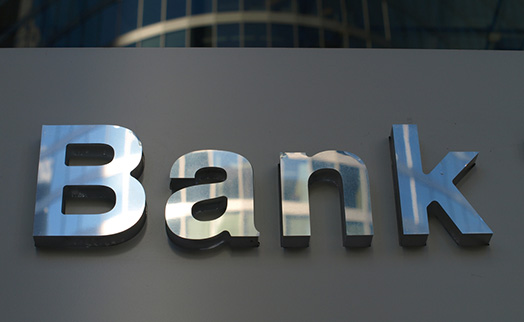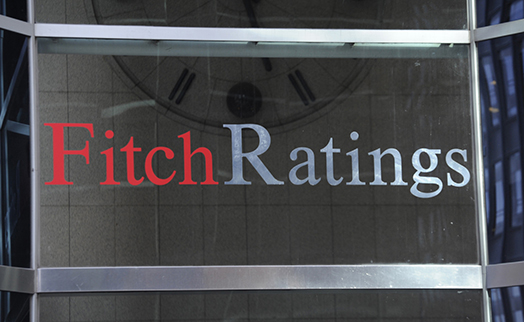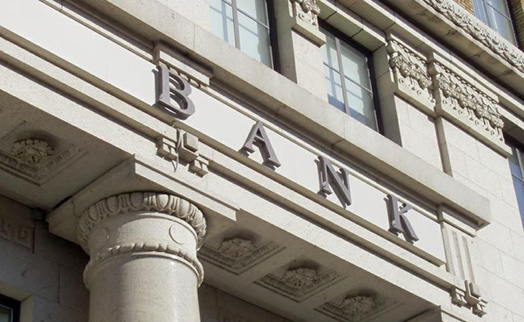11.12.2018 16:21

YEREVAN, December 11. /ARKA/. Armenia’s stable sector and rating outlooks reflect our expectation that operating environment trends will remain broadly supportive for banks’ growth, performance and asset quality in 2019, Fitch said in a report.
“Our assumption factors in continued economic growth, which we forecast to moderate but remain solid at 4.1% in 2019 (2018F: 4.7%; 2017: 7.5%). Economic growth has been helped by strong external and domestic demand, and the stability of the Armenian dram. The latter remains of high importance given the significant financial sector dollarisation,” it said.
Fitch expects credit growth to moderate, closer to 10% in 2019 (2018F: 16%), reflecting macro trends and the fact that loan penetration is now at a historically high level (gross loans/GDP ratio of 51% at end-1H18, above the CIS average).
“We expect lending expansion to be driven by corporate and retail (mostly consumer credit) segments, with borrowers benefitting from falling interest rates. New loans are increasingly being issued in local currency, a trend we expect to continue in 2019, as encouraged by regulation,” Fitch says in its report.
Operating profitability remains weak, despite lending volume growth and moderation of risk costs.
The agency doesn’t expect it to improve visibly in 2019 as margins remain pressured by competition and large non-earning assets (due to high central bank mandatory reserve rates).
Cost efficiency remains constrained by generally moderate economies of scale.
“We do not forecast volatility in asset-quality metrics in 2019, although competition-driven easing of credit terms and higher risk appetites may keep risk costs at elevated levels.”
The sector’s regulatory total capital ratio, a solid 17.8% at end-8M18 (end-2016: 20%), will remain on a downward trend in 2019, driven by credit expansion.
Capital remains unevenly distributed within the sector, with larger lenders managing solvency levels close to the regulatory minimum of 12%.
Some larger lenders may require additional capital to adhere to growth targets given modest internal capital generation.
This is also due to a possible phased-in introduction of Basel III capital buffers in 2019 (expected to be in addition to current regulatory requirements). -0---
Read the news first and discuss them in our Telegram
Tags:


























